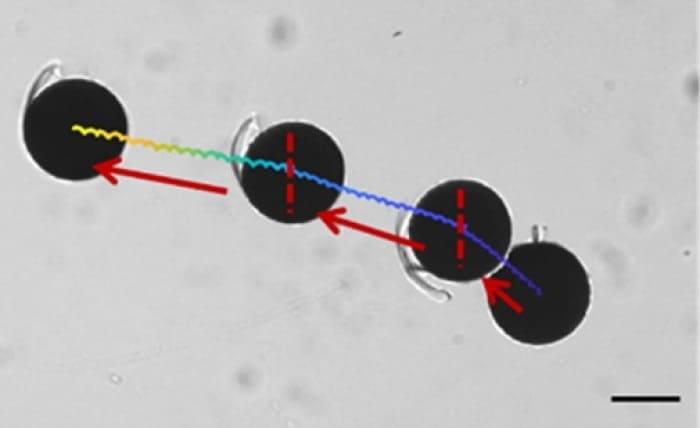© All Right Reserved Science World 2022
Theme Trend News By WP News Theme




Algorithms have helped mathematicians perform fundamental operations for thousands of years. The ancient Egyptians created an algorithm to multiply two numbers without requiring a multiplication table, and Greek mathematician Euclid described an algorithm to compute the greatest common divisor, which is still in use today.
During the Islamic Golden Age, Persian mathematician Muhammad ibn Musa al-Khwarizmi designed new algorithms to solve linear and quadratic equations. In fact, al-Khwarizmi’s name, translated into Latin as Algoritmi, led to the term algorithm. But, despite the familiarity with algorithms today – used throughout society from classroom algebra to cutting edge scientific research – the process of discovering new algorithms is incredibly difficult, and an example of the amazing reasoning abilities of the human mind.
In our paper, published today in Nature, we introduce AlphaTensor, the first artificial intelligence (AI) system for discovering novel, efficient, and provably correct algorithms for fundamental tasks such as matrix multiplication. This sheds light on a 50-year-old open question in mathematics about finding the fastest way to multiply two matrices.

Today, Google announced the development of Imagen Video, a text-to-video AI mode capable of producing 1280×768 videos at 24 frames per second from a written prompt. Currently, it’s in a research phase, but its appearance five months after Google Imagen points to the rapid development of video synthesis models.
According to Google’s research paper, Imagen Video includes several notable stylistic abilities, such as generating videos based on the work of famous painters (the paintings of Vincent van Gogh, for example), generating 3D rotating objects while preserving object structure, and rendering text in a variety of animation styles. Google is hopeful that general-purpose video synthesis models can “significantly decrease the difficulty of high-quality content generation.”

PASADENA, Calif. (Reuters)-Fast-food French fries and onion rings are going high-tech, thanks to a company in Southern California.
Miso Robotics Inc in Pasadena has started rolling out its Flippy 2 robot, which automates the process of deep frying potatoes, onions and other foods.
A big robotic arm like those in auto plants — directed by cameras and artificial intelligence — takes frozen French fries and other foods out of a freezer, dips them into hot oil, then deposits the ready-to-serve product into a tray.
The complexity of life on Earth was derived from simplicity: From the first protocells to the growth of any organism, individual cells aggregate into basic clumps and then form more complex structures. The earliest cells lacked complicated biochemical machinery; to evolve into multicellular organisms, simple mechanisms were necessary to produce chemical signals that prompted the cells to both move and form colonies.
Replicating this behavior in synthetic systems is necessary to advance fields such as soft robotics. Chemical engineering researchers at the University of Pittsburgh Swanson School of Engineering have established this feat in their latest advancement in biomimicry.
The research, “Lifelike behavior of chemically oscillating mobile capsules,” was published in the journal Matter. The lead author is Oleg E. Shklyaev, post-doctoral associate with Anna Balazs, Distinguished Professor of Chemical and Petroleum Engineering and the John A. Swanson Chair of Engineering.


Researchers are working on water-based microprocessors that could one day be used as a more diverse alternative to the current wafer architecture of today, with applications ranging from AI to DNA synthesis and likely beyond.
The chips in question are still in the prototype stage, so don’t expect processors with built in water cooling just yet, but the way they work is really exciting. They use a technique called ionics, which involves manipulating different ion species in liquid, as opposed to the standard electrons shooting through our semiconductors today.
Yann LeCun, machine learning pioneer and head of AI at Meta, lays out a vision for AIs that learn about the world more like humans in a new study.